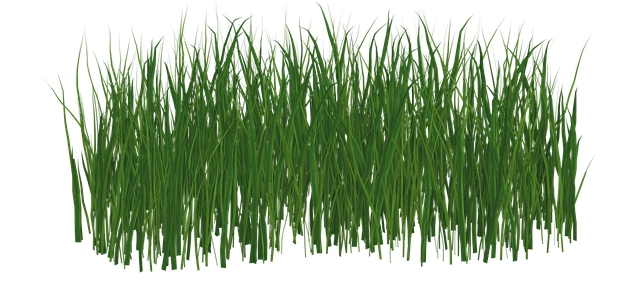Effective vegetation management for utility easements in Castle Pines is crucial for pest control, infrastructure preservation, and aesthetic appeal. By identifying suitable plants and addressing invasive species, regular monitoring, trimming, and selective removal ensure unobstructed access for utilities. Sustainable practices like biological control, IPM, and targeted herbicides maintain vegetation health while protecting non-target species and ecosystems. This eco-friendly approach aligns with the community's demand for sustainable solutions, fostering a thriving harmony between human habitats and natural resources.
- Understanding Vegetation Management in Utility Easements
- Identifying and Controlling Common Lawn Pests
- Implementing Sustainable Pest Management Practices for Castle Pines Areas
Understanding Vegetation Management in Utility Easements

In Castle Pines and surrounding areas, vegetation management for utility easements is a crucial aspect of pest management. Utility companies require clear access to underground lines, power poles, and other infrastructure, which are often protected by easements on residential or commercial properties. Effective vegetation management ensures that these critical assets remain undisturbed and safe from damage caused by overgrowth. It involves strategic planning and controlled maintenance to balance the need for healthy landscapes with the requirements of utility services.
Proper vegetation management in utility easements starts with identifying and understanding the types of plants growing in these areas. Some plants may be beneficial, while others could pose risks due to their invasive nature or proximity to utility lines. Regular monitoring, trimming, and, if necessary, selective removal can help maintain a balanced ecosystem while ensuring the integrity of utility infrastructure. This approach not only preserves the beauty of Castle Pines’ landscapes but also prevents costly repairs and service disruptions caused by overgrown vegetation.
Identifying and Controlling Common Lawn Pests

In the pursuit of maintaining lush and healthy lawns, especially in areas like Castle Pines where vegetation management for utility easements is crucial, identifying common pests becomes a top priority. Lawn pests can cause significant damage, from defoliation to root destruction, if left unchecked. Regular monitoring is key; look out for signs such as discolored or dead patches in the grass, uneven growth, and unusual spots or holes. Common culprits include grubs, which feed on grass roots, leading to browning and wilting. Additionally, dandelions, clover, and other broadleaf weeds can compete with grasses for nutrients and water, resulting in an unhealthy lawn.
Effective pest management involves a multi-pronged approach. Cultural control methods, like proper watering and mowing practices, can prevent many issues. For instance, deep and infrequent watering promotes deeper root growth, making lawns more resilient to pests. Mechanical control, such as regular weeding, ensures that weeds don’t get a foothold. Chemical control should be the last resort, using targeted herbicides or insecticides for specific problems. Always follow label instructions and consider the environmental impact when employing chemical treatments, especially in areas near utility easements where vegetation management is critical.
Implementing Sustainable Pest Management Practices for Castle Pines Areas

In the context of vegetation management for utility easements in Castle Pines areas, sustainable pest management practices are both environmentally responsible and effective. By adopting eco-friendly approaches, such as biological control, integrated pest management (IPM), and targeted herbicides, we can minimize the impact on non-target species and local ecosystems. IPM emphasizes prevention, monitoring, and the use of least-toxic methods, ensuring that pest populations remain at healthy levels without causing significant harm.
Implementing these sustainable practices in Castle Pines areas offers several benefits. It helps maintain the aesthetic appeal and health of lawns and landscapes while protecting valuable utility infrastructure. Furthermore, it promotes biodiversity by encouraging natural predators and reducing reliance on synthetic pesticides. This approach aligns with the growing demand for environmentally conscious solutions, ensuring that our communities and natural resources thrive harmoniously.
In light of the above discussions, effective lawn plant pest management requires a multifaceted approach. By understanding vegetation management within utility easements and adopting sustainable practices tailored to the unique environment of Castle Pines, residents can achieve healthy lawns while minimizing environmental impact. Identifying and controlling common pests proactively ensures the longevity of lush, green spaces, making these strategies essential for meticulous landscape care.
